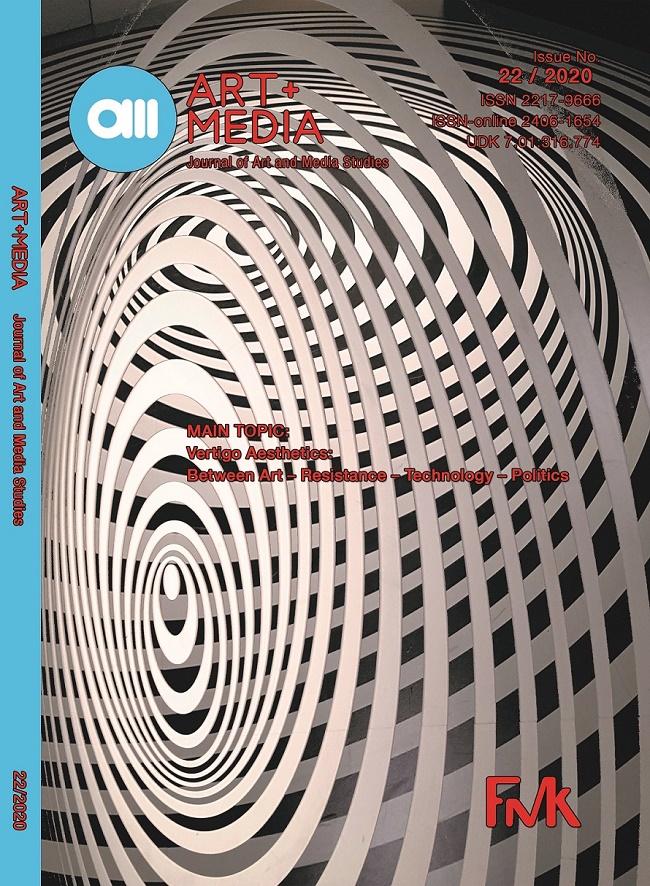Extracting Personal Preferences for Architectural Attributes: Examining the Reliability of Several Direct and Indirect Questioning Methods
Extracting Personal Preferences for Architectural Attributes: Examining the Reliability of Several Direct and Indirect Questioning Methods
Author(s): Seyed Farhad Tayyebi, Yuksel DemirSubject(s): Architecture
Published by: Fakultet za medije i komunikacije - Univerzitet Singidunum
Keywords: architectural attributes; building preferences; attribute satisfaction; formal appreciation; building aesthetics.
Summary/Abstract: The personal satisfaction with the formal attributes of buildings has an underlying essence and needs some exploratory attempts to secure a reliable set of individual attribute satisfactions. This paper aims to discover reliable methods for extracting the personal preferences for the formal attributes by examining the accuracy of several questioning methods. Focusing on building facades, the attributes are defined at first to cover a wide range of architectural forms. The study then introduces eight methods of extracting personal preferences: four attribute-based methods directly ask participants for their attribute preferences, and four building-based methods extract each attribute satisfaction from the analysis of appreciation of architectural forms. A survey then extracts individuals’ satisfaction with the attributes via each method; the outcomes of each questioning method are examined by applying them into preference prediction of another set of building images integrated into the survey. The analysis shows that the most accurate results are achieved when participants directly express their opinions about the attributes illustrated in a building’s image. Among the building-based methods, considering all the visible attributes in the analysis of the building preferences can reveal the second-most accurate data. Finally, although the combination of both methods enhanced the result’s accuracy, the former method is more efficacious while a lower number of attributes are considered and knowledgeable people are addressed; otherwise, the latter method is practically more valid for laypeople and scalable to a large number of people.
Journal: AM Časopis za studije umetnosti i medija
- Issue Year: 2020
- Issue No: 22
- Page Range: 111-134
- Page Count: 24
- Language: English

